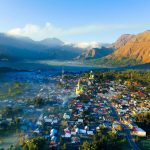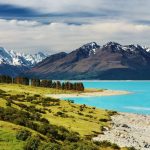Winter doesn't mean hibernation—it means discovering the Best Places To Visit In Winter across the Southern Hemisphere and tropical destinations. While snow blankets the north, Bangkok's street food sizzles, Sydney's beaches beckon, and Cape Town's vineyards flourish under summer sun.
These destinations flip winter's script entirely. Dubai's desert becomes pleasantly warm, Buenos Aires enters its golden season, and Rio de Janeiro pulses with pre-Carnival energy. Each location offers something uniquely magical when the rest of the world shivers.
Get ready to trade heavy coats for swimsuits and experience winter like never before.
List of Contents
- 1. Bangkok, Thailand: Sensory Overload Paradise
- 2. Sydney, Australia: Harbor City Perfection
- 3. Auckland, New Zealand: City of Sails
- 4. Buenos Aires, Argentina: European Soul, Latin Heart
- 5. Mumbai, India: Maximum City Energy
- 6. Dubai, UAE: Desert Mirage Reality
- 7. Cape Town, South Africa: Where Two Oceans Meet
- 8. Havana, Cuba: Time Capsule Charm
- 9. Guatemala City, Guatemala: Highland Cultural Hub
- 10. Rio de Janeiro, Brazil: Carnival Soul
- 11. Krabi, Thailand: Limestone Paradise
- 12. Ho Chi Minh City, Vietnam: Motorbike Metropolis
- 13. Manila, Philippines: Island Gateway
- 14. Mendoza, Argentina: Wine Country Wonder
- Your Winter Adventure Awaits
1. Bangkok, Thailand: Sensory Overload Paradise
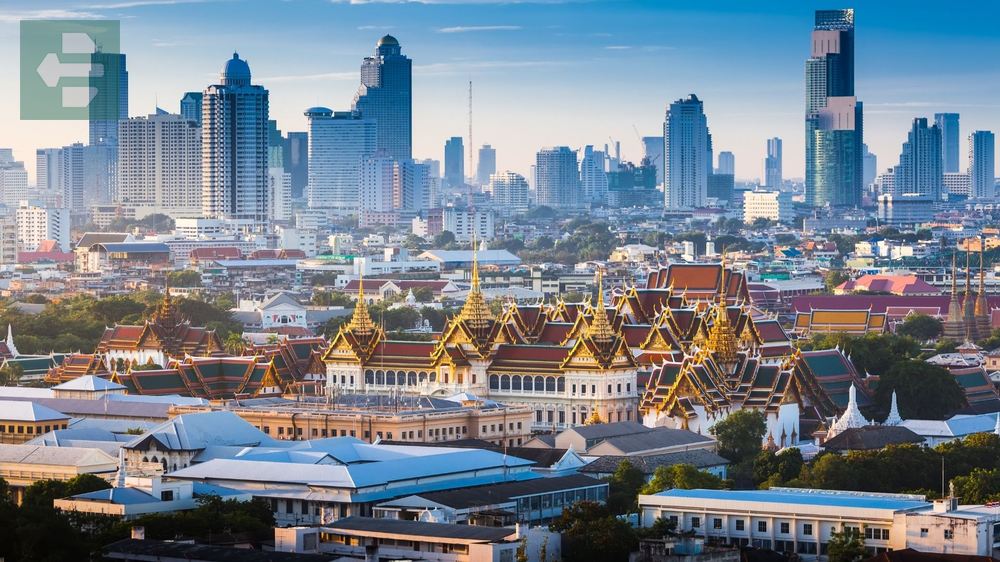
Bangkok assaults your senses in the most beautiful way possible. The aroma of pad thai from street vendors mingles with incense from golden temples, while tuk-tuks weave through traffic like caffeinated bumper cars.
I remember my first morning at Chatuchak Weekend Market—8,000 stalls selling everything from silk scarves to live scorpions. The organized chaos felt overwhelming until a vendor handed me fresh coconut water. That simple gesture transformed confusion into fascination.
The floating markets open at dawn. Arrive early to photograph vendors paddling wooden boats loaded with tropical fruits. Tourist crowds arrive after 9 AM, but sunrise reveals authentic Thailand most visitors never see.
2. Sydney, Australia: Harbor City Perfection
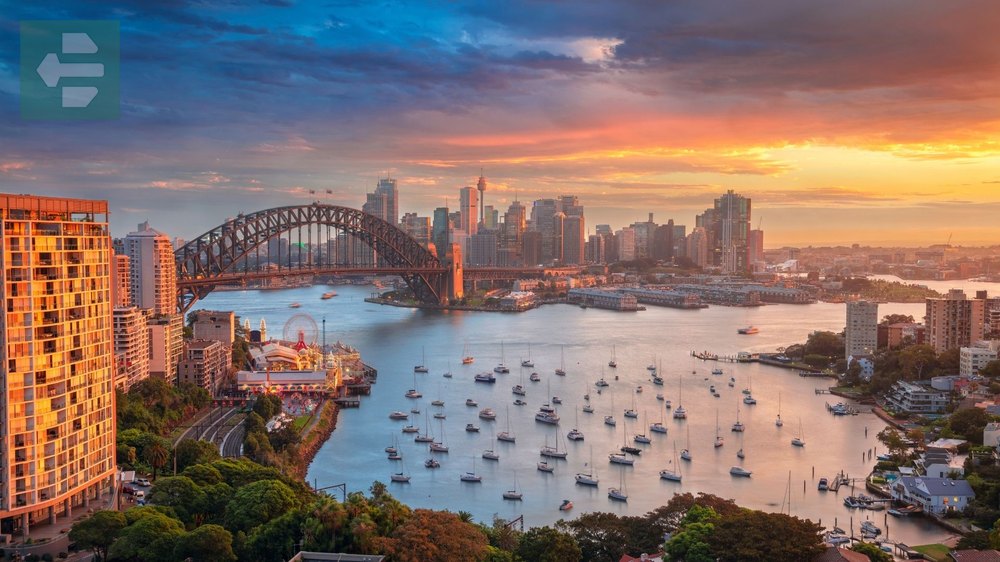
Sydney Harbor might be the world's most photographed waterway, but no camera captures the emotional impact of seeing Opera House sails catch morning light. The harbor bridge frames this architectural poetry with industrial strength.
Christmas on Bondi Beach feels surreal for Northern Hemisphere natives. Watching Santa arrive by surfboard while families barbecue prawns challenges every winter assumption you've ever held.
The Rocks district preserves colonial Australia without museum stuffiness. Saturday markets sell aboriginal art alongside artisanal honey, while buskers perform everything from didgeridoo concerts to Shakespeare soliloquies.
3. Auckland, New Zealand: City of Sails
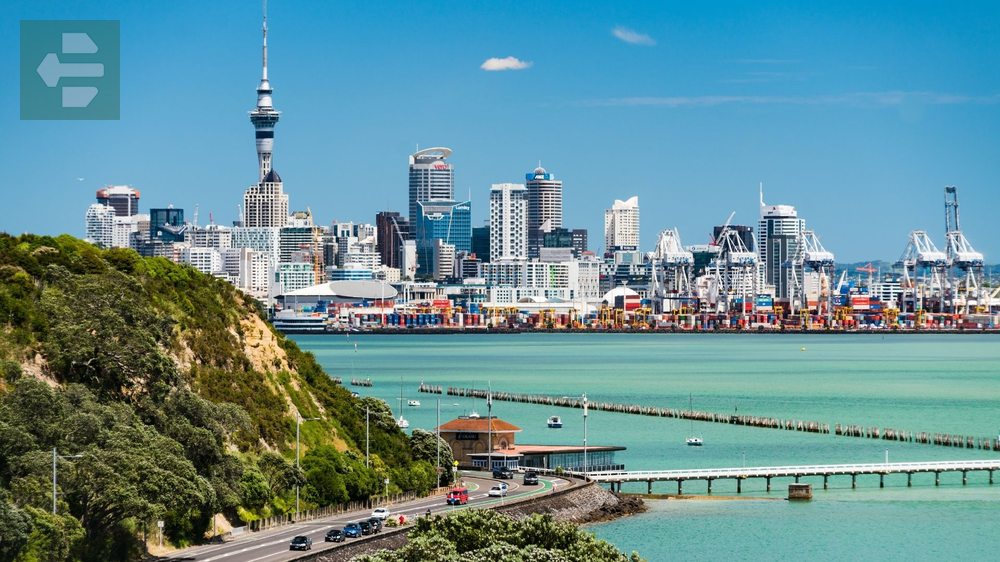
Auckland spreads across 50 volcanic hills, creating neighborhoods with distinct personalities. Each suburb offers different views of Waitemata Harbor, where sailing boats dot the water like scattered confetti.
You've probably felt that restless energy when searching for the perfect viewpoint. Auckland delivers repeatedly. Mount Eden's extinct volcanic crater provides 360-degree city views, while Sky Tower's observation deck extends vision to distant islands.
The city's Polynesian influence runs deeper than surface-level cultural performances. Traditional Maori welcome ceremonies at Auckland Museum connect visitors to indigenous heritage spanning centuries.
4. Buenos Aires, Argentina: European Soul, Latin Heart
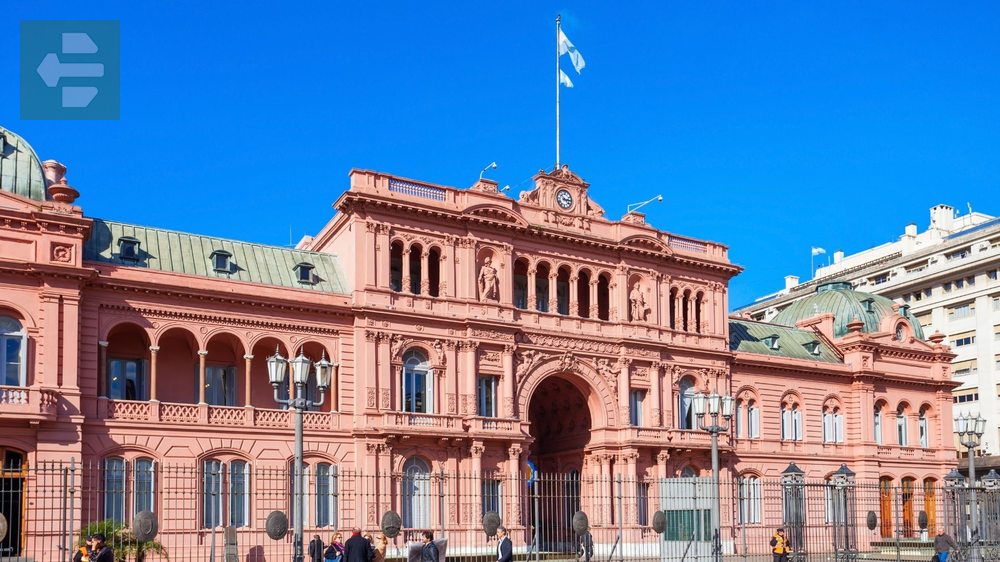
Buenos Aires seduces visitors with architectural grandeur and passionate tango rhythms. The city's European influence creates familiar comfort, while Latin energy adds intoxicating unpredictability.
I understood Buenos Aires during my first milonga—a neighborhood tango gathering. Couples danced with decades of shared history written in their movements. The music wasn't performance; it was conversation between souls.
San Telmo's cobblestone streets come alive Sunday afternoons. Antique vendors spread treasures across Plaza Dorrego while street performers create spontaneous entertainment. The neighborhood maintains authentic porteño culture despite tourist attention.
5. Mumbai, India: Maximum City Energy
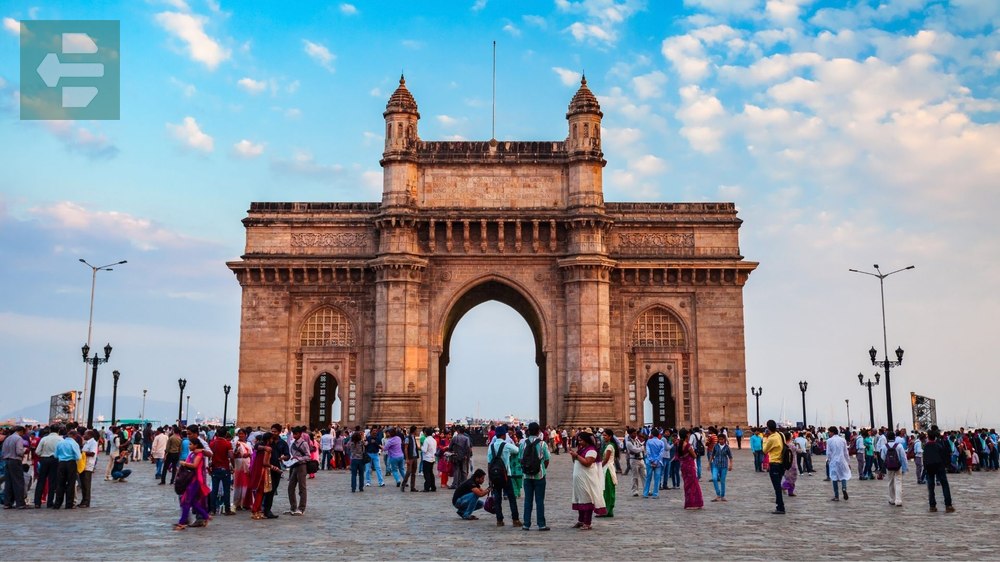
Mumbai never sleeps, and neither will you. The city's relentless energy transforms exhaustion into exhilaration through pure sensory immersion. Street vendors sell bhel puri while Bollywood music echoes from taxi radios.
The contrast between glamorous Marine Drive and sprawling Dharavi slums creates cognitive dissonance. Both represent authentic Mumbai—wealth and poverty existing in uncomfortable proximity.
Local trains carry 7 million passengers daily, yet somehow everyone finds space. Rush hour becomes communal experience where strangers share breakfast and newspapers. The humanity overwhelms newcomers with its intensity.
6. Dubai, UAE: Desert Mirage Reality

Dubai transforms impossible into inevitable. The city rises from desert sand like architectural hallucination, complete with indoor ski slopes and underwater hotels.
Winter temperatures hover around 75°F—perfect for exploring outdoor attractions suffocating during summer months. The desert safari experience includes camel rides, falconry demonstrations, and Bedouin-style dinners under star-filled skies.
Shopping malls contain aquariums, ice rinks, and indoor rainforests. The excess feels absurd until you realize Dubai's commitment to creating experiences impossible elsewhere.
7. Cape Town, South Africa: Where Two Oceans Meet
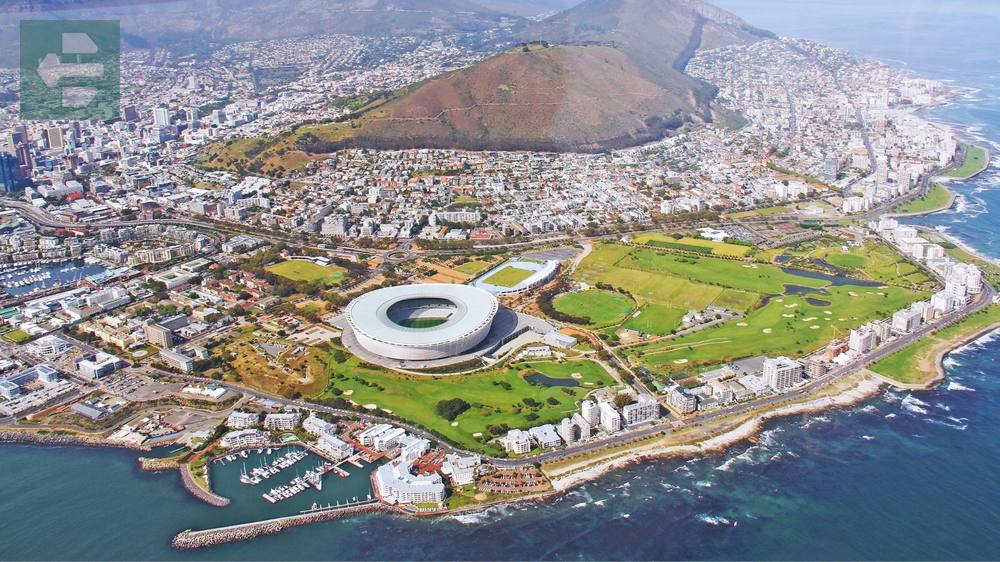
Table Mountain dominates Cape Town's skyline like a geological guardian. The cable car ascends through cloud cover, revealing a city pressed between mountain and sea.
Have you ever wondered what it feels like to stand where two oceans converge? Cape Point delivers that exact experience—Atlantic and Indian Oceans meeting in turbulent beauty. The lighthouse perched on rocky cliffs witnesses this eternal dance.
The Winelands produce world-class vintages in settings resembling European countryside. Stellenbosch and Franschhoek offer wine tastings accompanied by mountain views that make every sip taste more significant.
8. Havana, Cuba: Time Capsule Charm
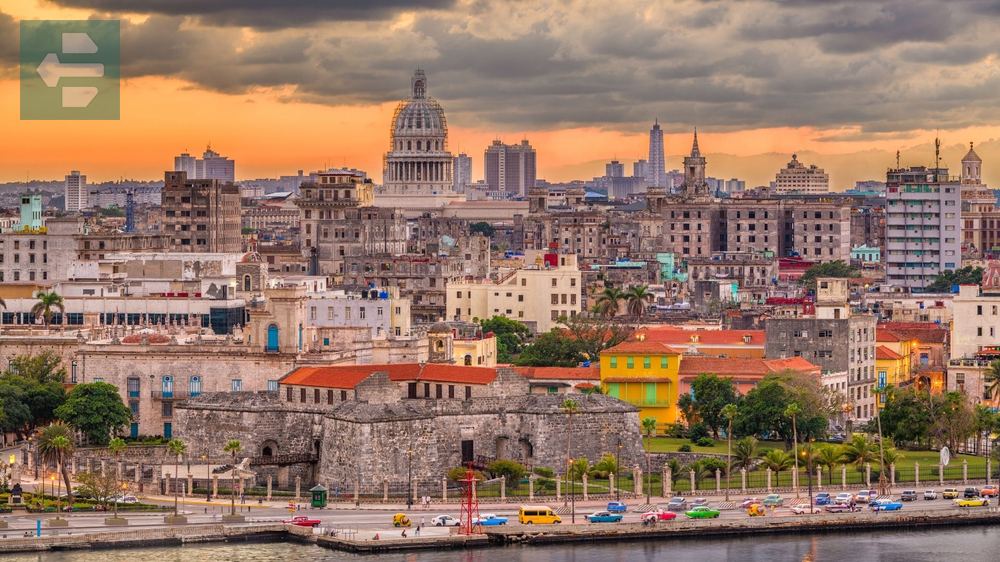
Havana exists in beautiful temporal suspension. Classic American cars from the 1950s navigate colonial streets while salsa music spills from weathered buildings painted in Caribbean pastels.
The Malecón seawall becomes Havana's living room each evening. Families gather to watch sunset while teenagers practice dance moves and fishermen cast lines into choppy waters. The social ritual connects generations.
Old Havana's restoration preserves architectural treasures while maintaining neighborhood authenticity. Plaza de la Catedral showcases baroque Spanish colonial design, while local residents hang laundry from ornate balconies.
9. Guatemala City, Guatemala: Highland Cultural Hub
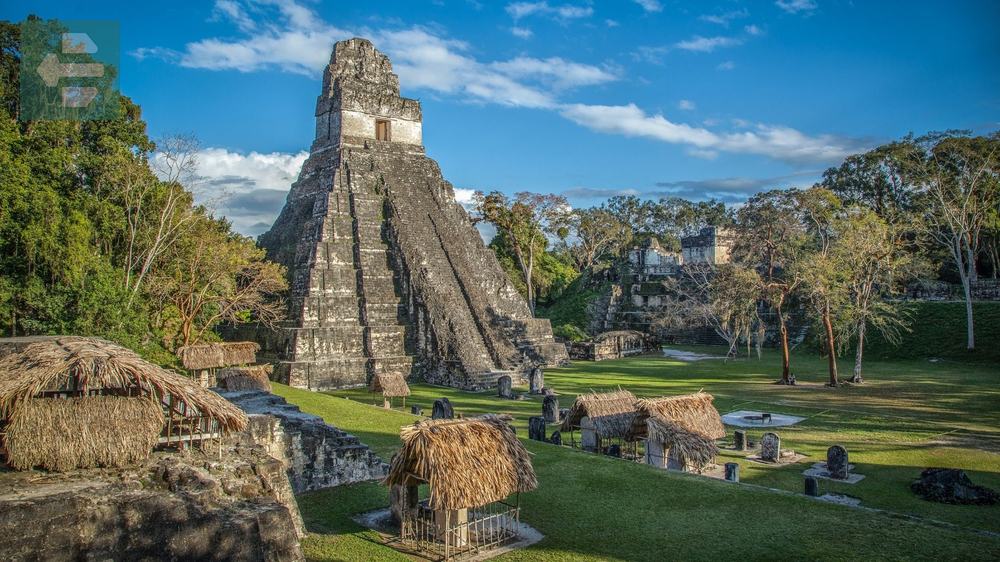
Guatemala City surprises visitors expecting only colonial charm. The capital blends indigenous Mayan culture with modern Central American urban energy, creating unique cultural fusion.
The National Palace and Cathedral frame Constitution Square, where indigenous vendors sell textiles alongside contemporary artists displaying political artwork. The juxtaposition represents Guatemala's complex cultural identity.
We all seek authentic cultural experiences beyond tourist performances. Guatemala City's markets offer genuine indigenous crafts created by artisans using techniques passed down through generations.
10. Rio de Janeiro, Brazil: Carnival Soul
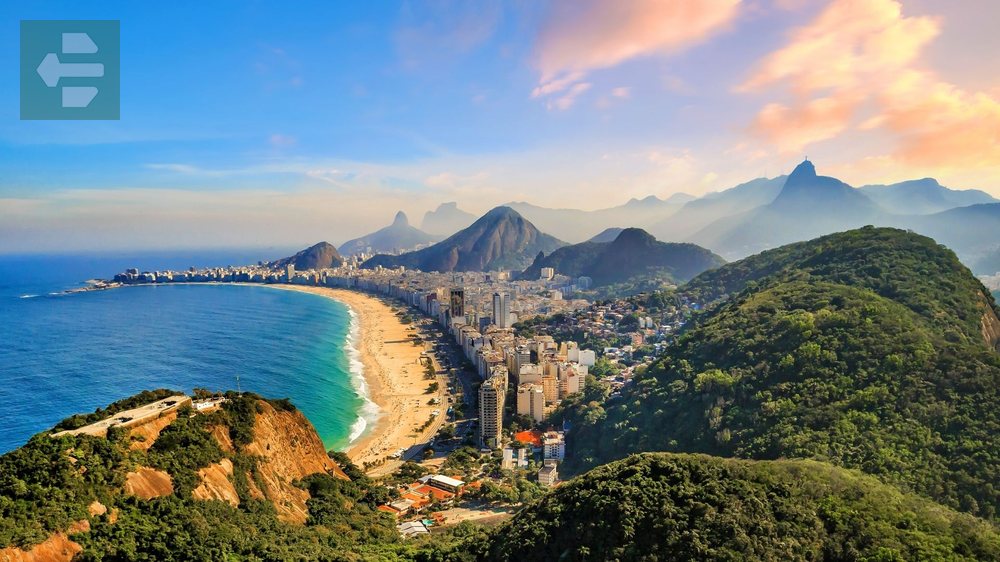
Rio's geography creates natural amphitheater—mountains, ocean, and urban sprawl arranged for maximum dramatic impact. Christ the Redeemer statue overlooks this tropical masterpiece with outstretched arms.
Copacabana Beach stretches for 4 kilometers of golden sand where cariocas play beach volleyball, vendors sell açaí bowls, and musicians perform impromptu concerts. The beach becomes Rio's democratic gathering place.
I felt Rio's true spirit during a favela tour in Santa Marta. Children played football in narrow alleys while grandmothers watched from colorful doorways. The community's resilience and joy challenged every preconception about poverty.
11. Krabi, Thailand: Limestone Paradise
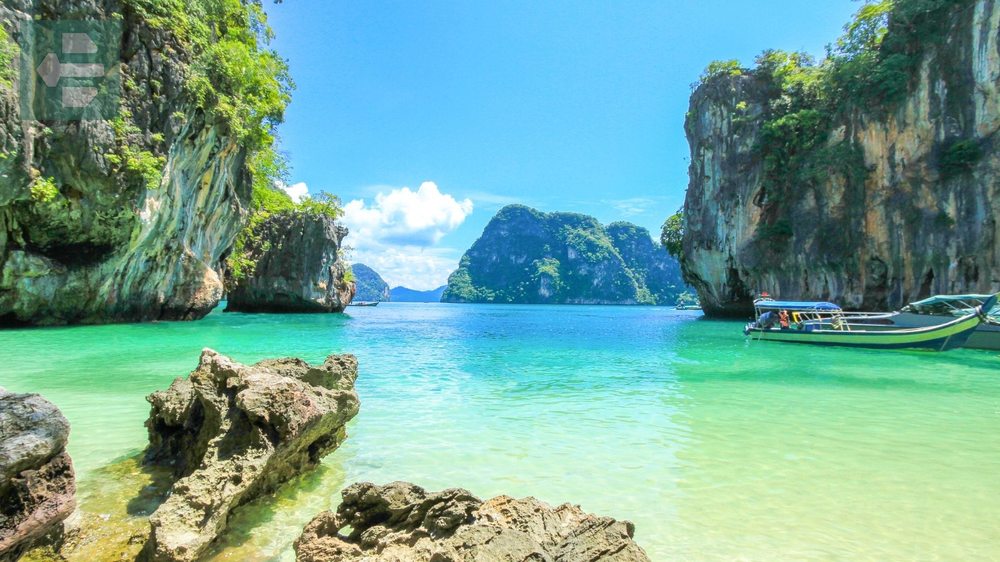
Krabi's limestone karsts rise from emerald waters like ancient monuments. These geological formations create hidden lagoons accessible only by kayak through narrow passages.
The long-tail boat journey to Phi Phi Islands reveals Thailand's postcard-perfect scenery. Maya Bay's turquoise waters and white sand beaches inspired countless travel dreams, though crowds now require careful timing.
Rock climbing enthusiasts tackle Railay Beach's limestone cliffs while crystal-clear waters below provide safety nets. The climbing routes offer various difficulty levels, making the sport accessible to beginners.
12. Ho Chi Minh City, Vietnam: Motorbike Metropolis
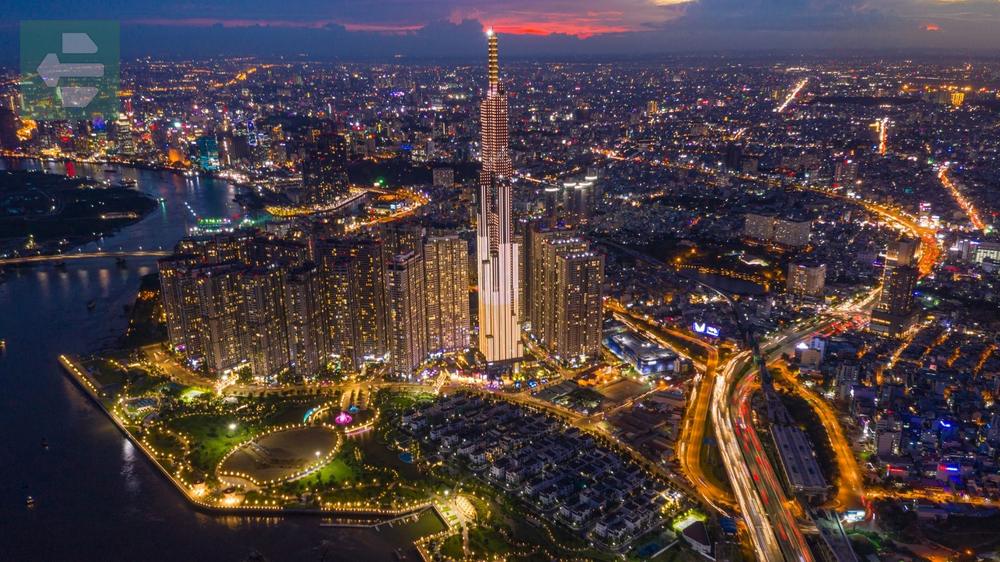
Ho Chi Minh City moves to scooter rhythms. Millions of motorbikes create organized chaos that somehow maintains perfect flow. Crossing streets requires faith in collective navigation skills.
The Cu Chi Tunnels reveal Vietnam War history through underground networks stretching for kilometers. Crawling through these narrow passages provides visceral understanding of wartime resilience and ingenuity.
Street food culture reaches artistic heights in Ho Chi Minh City. Pho vendors perfect their broth recipes across generations while bánh mì stalls create fusion sandwiches combining French bread with Vietnamese flavors.
13. Manila, Philippines: Island Gateway
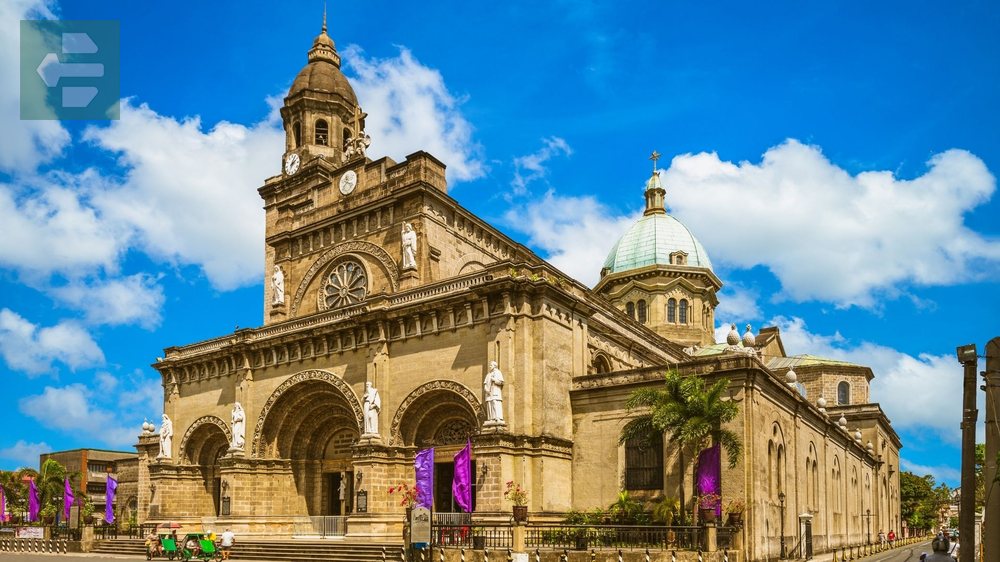
Manila serves as launching point for Philippine island adventures, but the capital city deserves exploration beyond its airport function. Intramuros district preserves Spanish colonial architecture within ancient walls.
The contrast between gleaming Makati business district and sprawling informal settlements illustrates development challenges facing Southeast Asian capitals. Both areas pulse with entrepreneurial energy and Filipino hospitality.
Sunset along Manila Bay creates golden hour magic. Families gather at Rizal Park while vendors sell balut and street musicians perform acoustic covers of international hits sung in Tagalog.
14. Mendoza, Argentina: Wine Country Wonder
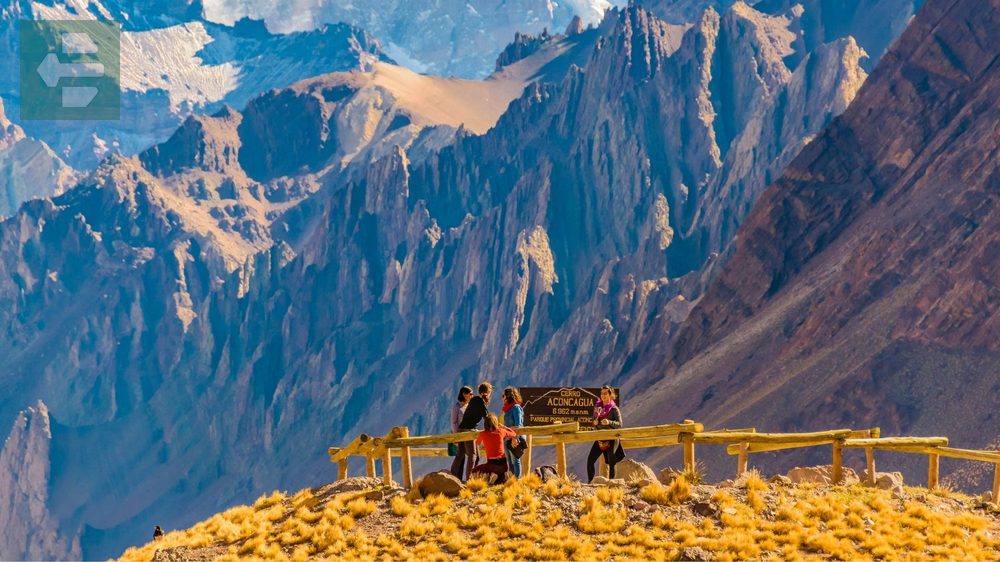
Mendoza transforms Argentina's wine reputation from regional to world-class. The province produces 70% of Argentine wine, with Malbec grapes thriving in high-altitude desert conditions.
The Andes Mountains create dramatic backdrop for vineyard tours. Snow-capped peaks provide irrigation through glacial melt while protecting vines from harsh weather. The terroir produces wines with distinct mineral character.
Cycling between wineries offers intimate landscape appreciation impossible from tour buses. The flat terrain and dedicated bike paths make wine cycling accessible to casual riders seeking authentic Argentine experiences.
Your Winter Adventure Awaits
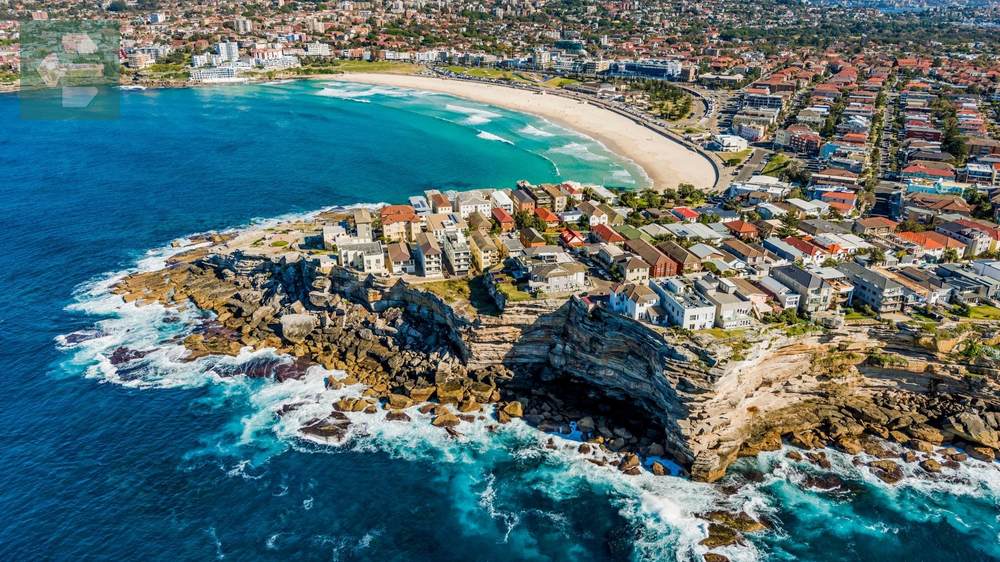
These Best Places To Visit In Winter offer escape from seasonal depression through pure geographical rebellion. Pack summer clothes in January. Experience Christmas on beaches. Watch Southern Hemisphere seasons flip your calendar upside down.
Your winter doesn't have to mean hibernation anymore.
Each destination promises unique adventures impossible during Northern Hemisphere summer. Bangkok's street food tastes better in cool weather. Sydney's harbor sparkles under perfect skies. Cape Town's wine harvests coincide with your winter escape.
The world becomes your seasonal playground when you stop accepting geographic limitations. Book that flight. Trade snow boots for sandals. Discover why winter might become your favorite travel season.
Your perfect winter destination is waiting. The only question remaining: which adventure calls to you first?


